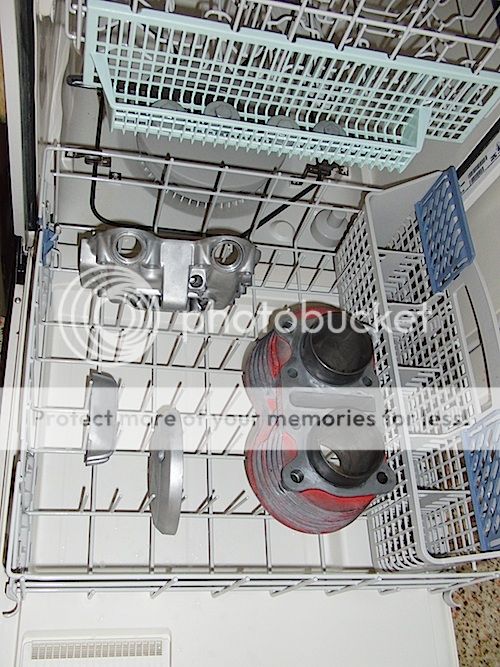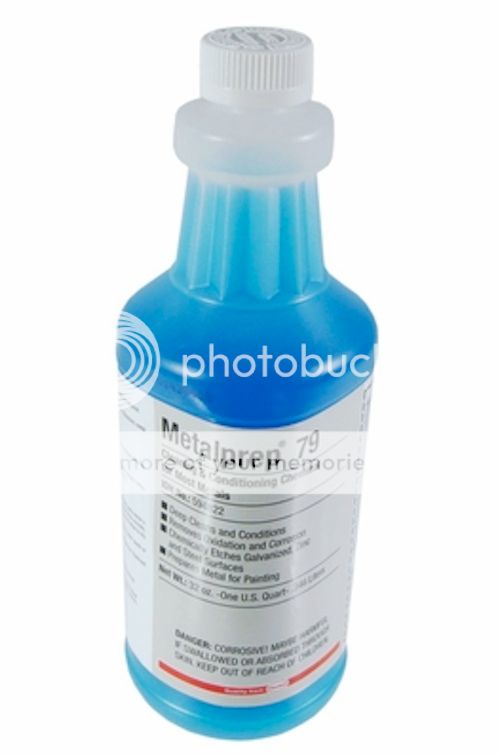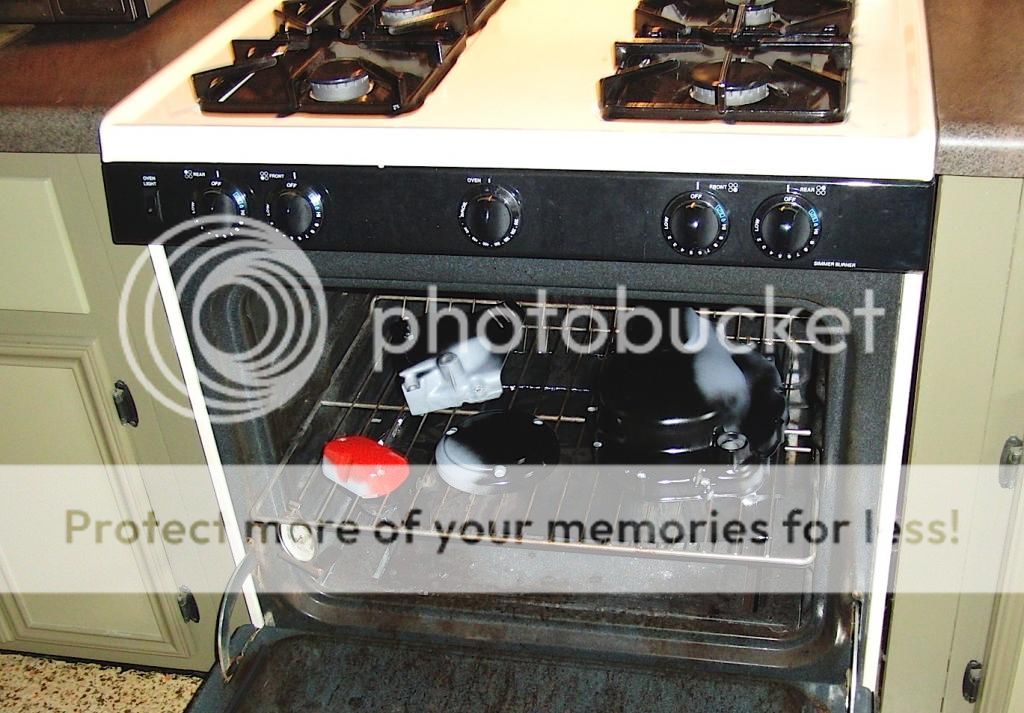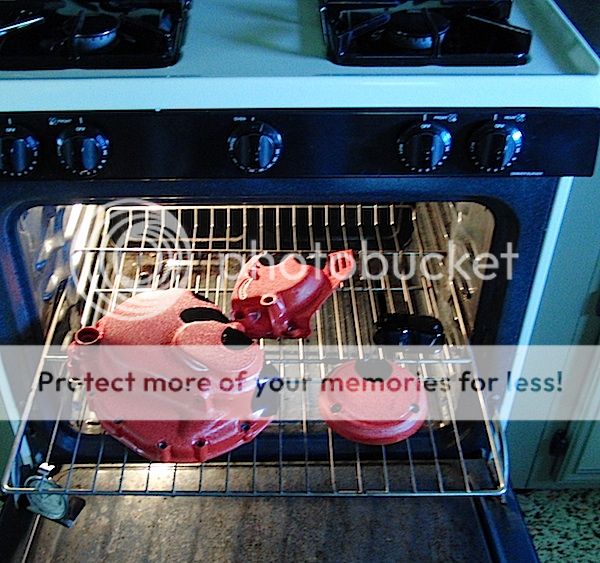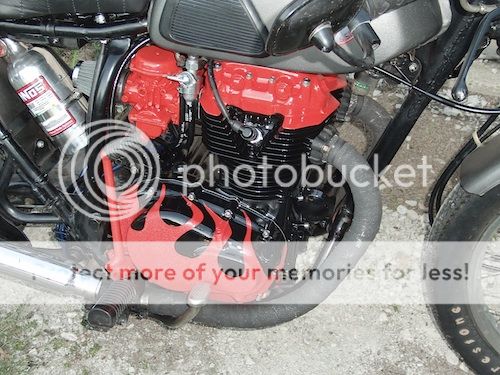I started with a rough set of cylinders which were blasted clean then wiped down with lots of acetone.
They were unpolished with a keyed surface, next day I coated them with VHT gloss black enamel paint. After letting them rest for a week and oven cooking them, I can literally scratch the paint of with my little finger it's not holding whatsoever.
I'm told the vht paint shouldn't be this weak and that this is due to the oil impregnating the pores of the aluminium which I failed to remove despite all of what I did above.
Wanted to ask what do you guys do to really clean an aluminium engine for example for welding or painting etc. where oil contamination will become most apparent don't want to make this mistake again.
They were unpolished with a keyed surface, next day I coated them with VHT gloss black enamel paint. After letting them rest for a week and oven cooking them, I can literally scratch the paint of with my little finger it's not holding whatsoever.
I'm told the vht paint shouldn't be this weak and that this is due to the oil impregnating the pores of the aluminium which I failed to remove despite all of what I did above.
Wanted to ask what do you guys do to really clean an aluminium engine for example for welding or painting etc. where oil contamination will become most apparent don't want to make this mistake again.


